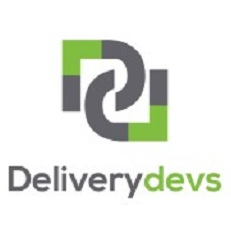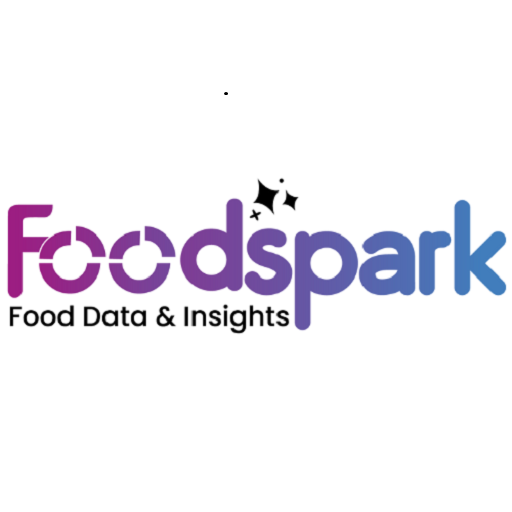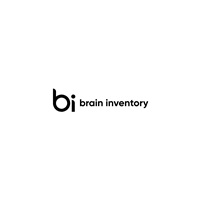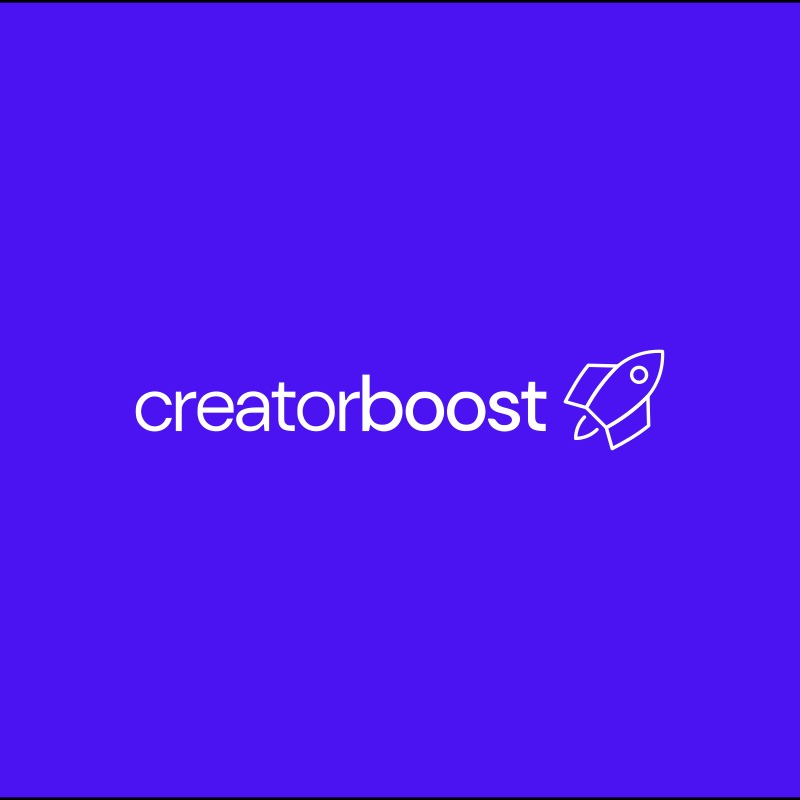
Discover the Top 587 Big Data & BI Companies. Big Data & BI is a rapidly growing field, leveraging large datasets and advanced analytics to drive business decisions and fuel demand for skilled professionals in the global market. Compare top Big Data & BI agencies by reviews, ITP Score, capabilities, and portfolios to confidently choose the best fit for your project.
Takes only 2 mins, 100% free









587 Companies Ranking last updated on: March 20, 2025

Empowering Growth Through Smarter IT Solutions Worldwide.
10% Big Data & BI

Delivering Visions
30% Big Data & BI

Software services delivered while enjoying the ride
10% Big Data & BI

Transition Technologies-Advanced Solutions Sp. z o.o.
91% Big Data & BI

Using cross-industry expertise we accelerate out-of-the-box thinking.
70% Big Data & BI

Web Scraping Services Provider - Web Scraping Solutions
50% Big Data & BI
Innovative IT Solutions to Empower Businesses Worldwide.
23% Big Data & BI

One Stop Software Services
20% Big Data & BI

Inspired the Nxt Data & AI
15% Big Data & BI

helping UK firms to partner with the right outsourcing company for their business
10% Big Data & BI
Transforming Data into Decisions with AI and IoT Excellence.
10% Big Data & BI

Data. Insight. Decision.
100% Big Data & BI

Foodspark - Trusted Partner of Grocery and Food Data Scraping
25% Big Data & BI

Software Development Company
10% Big Data & BI

AI Chatbot for OnlyFans and Fansly creators
50% Big Data & BI

Product Engineering & Digital Transformation
20% Big Data & BI

Technology For Good - Global App Developer
10% Big Data & BI

#1 Software Outsourcing & IT Staff Augmentation
10% Big Data & BI

Offshore Value, Local Service.
10% Big Data & BI

AI Development Company
10% Big Data & BI
Post a project for free and quickly meet qualified providers. Use our data and on-demand experts to pick the right one for free. Hire them and take your business to the next level.
Are you looking for the top Big Data & BI companies? ITProfiles has carefully curated a list of leading Big Data & BI companies based on certain qualitative and quantitative metrics. You can search, compare, and contact these agencies based on your criteria You can also check details about these companies such as their profiles, portfolios, and recent client reviews (Mar 2025 updated) to decide on your IT Services project.
There are 587 companies listed under Big Data & BI on ITProfiles.
To choose the best Big Data & BI company, consider their experience, expertise in your industry, portfolio of previous projects, client reviews, and ratings. Also, evaluate their approach to customer service, responsiveness, and the compatibility of their working style with yours.
You should consider their expertise, technology stack, experience in similar projects, pricing, communication approach, timeline, and the scope of services they provide. Also, ensure they understand your business needs and objectives.
Average project cost of Big Data & BI companies on ITProfiles range between $10,000 to $25,000 for a typical project. The cost of Big Data & BI services depends on factors such as project complexity, scope, timeline, and the expertise required. You may get different pricing models like hourly rates, fixed price, or a dedicated team. It's best to request a quote based on your specific requirements.
Yes, many Big Data & BI companies also offer design and user experience (UX) services. They often have dedicated teams that focus on creating intuitive, engaging, and visually appealing designs to ensure a great user experience.
You can verify the credibility of a Big Data & BI company by checking client reviews, ratings, and testimonials, as well as examining case studies and previous work. You can also reach out to their past clients for direct feedback on their services.
Yes, client reviews and case studies are often available on the company's profile page. These reviews provide insights into their work quality, project outcomes, and client satisfaction.
Absolutely! It's recommended to contact multiple Big Data & BI companies for project proposals. This allows you to compare their offerings, expertise, pricing, and approach before making a decision.
These Big Data & BI agencies often have experience working across a range of industries, such as healthcare, finance, e-commerce, education, real estate, and technology. You can check their portfolio or inquire directly to find out if they have relevant experience in your industry.
Yes, many Big Data & BI companies offer ongoing maintenance and support services after the initial project is completed. This can include bug fixing, updates, and additional feature enhancements to keep your solution running smoothly.
Yes, you can view examples of projects developed by these companies on their profiles, under the portfolio section. This will give you an idea of their capabilities, design aesthetics, and project quality.
Yes, most Big Data & BI companies offer consultation services to understand your requirements and propose the best solutions. This initial consultation helps both parties align on project goals and expectations.
To protect your idea, you can ask the Big Data & BI company to sign a Non-Disclosure Agreement (NDA). An NDA ensures that your confidential information and intellectual property rights are safeguarded throughout the collaboration.
Big Data & BI companies usually offer various engagement models such as fixed-price contracts for defined projects, hourly rates for flexible or ongoing work, and dedicated teams for larger or long-term projects. Choose the model that best fits your project needs and budget.
Yes, many Big Data & BI companies provide a free quote for your project. You can submit your project details, we will handpick the best 5 matching service providers and forward your request to them. They will contact you with ITP reference with an estimate of the cost and timeline for your project request.